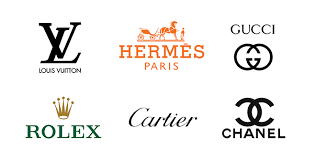Luxury brands have an undeniable allure. Their names — Gucci, Fendi, Louis Vuitton — have become synonymous with wealth, success, and social prestige. Walking into a room with a designer bag or pulling up in a luxury car can make anyone feel like they’ve “made it.” But have you ever considered that these brands, designed to represent financial success, might actually be counterproductive to building real wealth?
For centuries, high-end brands have crafted an image that taps into a deep human desire for status and belonging. They use psychology, exclusivity, and scarcity tactics to create an almost mythic value around their products. Therefore when we buy into the luxury dream, we’re often paying far more than just the sticker price.
Here’s the unspoken truth: many people, regardless of income level, risk their financial stability for the chance to own these symbols of success. According to research, the resale value of many luxury goods can drop as much as 30-50% as soon as they leave the store, making them a poor long-term investment for most buyers (source: Financial Times). Even high earners who can “afford” luxury often find themselves caught in a cycle of lifestyle inflation, where increased spending gradually chips away at their wealth.
Continue Reading below:
https://www.priestfaithful.biz/2024/11/luxury-brands-exposed-how-they-keep.html
